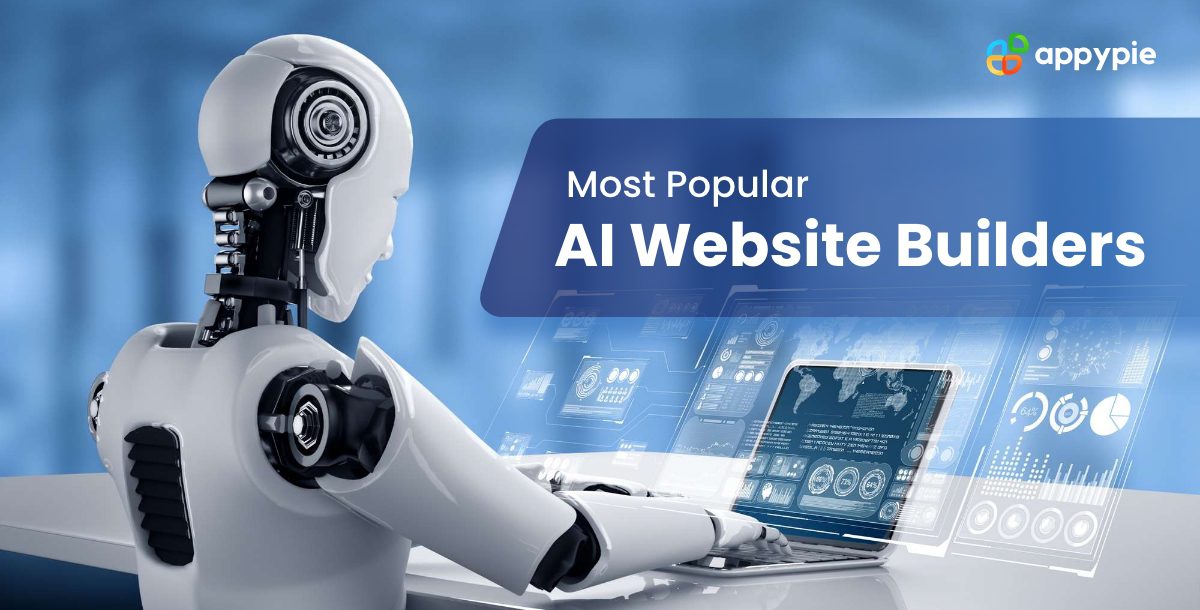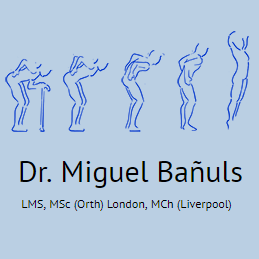AI site builders for WordPress are revolutionizing the way users create and manage their websites. These innovative tools harness the power of artificial intelligence to streamline the WordPress onboarding process, making it significantly easier for novices and experienced developers alike. In a landscape where traditional learning curves often deter beginners, AI-assisted website creation offers a promising solution that caters to the needs of users at every level. With user-friendly interfaces and personalized guidance, AI WordPress tools simplify the complexities of using a WordPress site builder by empowering users to design their sites with confidence. As we delve into the world of AI site builders, it’s essential to understand their potential to transform WordPress into a more accessible platform for everyone.
The emergence of AI-powered website creation tools for WordPress represents a significant shift in how users engage with this popular content management system. Rather than grappling with the overwhelming variety of features and settings, individuals can now leverage intelligent site builders that provide personalized assistance tailored to their unique needs. These advanced resources aim to optimize the WordPress experience, particularly for those new to the platform, effectively lowering the barriers to entry. By focusing on smarter onboarding procedures, these tools promise a more intuitive approach for setting up websites, catering to users who may lack extensive technical backgrounds. As we explore these AI-driven applications, we will uncover how they can simplify the website development process and enhance overall user satisfaction.
The Initial Struggles with WordPress
Starting with WordPress can feel like an uphill battle for many users. After the initial installation and login, new users are often left wondering what to do next. Indeed, the first encounter can be quite daunting, as the dashboard presents a myriad of options and settings, each with its own intricacies and purposes. The learning curve can be steep, and for many, the journey of learning often feels overwhelming.
As they delve deeper, users find that the CMS has much to offer, but not before they encounter the hurdles that could push them to abandon the platform altogether. With an intuitive design and helpful onboarding tutorials, many first-time users may feel more empowered to explore and create their own websites without fear of making mistakes.
The Complexity of Onboarding
The onboarding process of WordPress often lacks the guidance needed to smooth the transition for new users. When they log in for the first time, it’s akin to being lost in an unfamiliar place, surrounded by features but unsure of their purpose. Users need to learn how to navigate crucial tasks like installing themes and plugins, editing site settings, and understanding the fundamental components of creating and managing content.
Moreover, this initial struggle isn’t just a hindrance to beginners; it can also frustrate web professionals tasked with educating clients about WordPress. The repetitive nature of setting up new sites, paired with the time spent training clients, detracts from what developers truly enjoy: building sites. Improving the onboarding experience could alleviate these bottlenecks.
AI’s Transformative Role
AI-powered site builders have emerged as promising tools designed to enhance the WordPress user experience. These intelligent systems aim to guide users through the website creation process by learning about their specific needs and preferences. Even though results from these early iterations can vary, they serve as a valuable starting point, encouraging users to build upon the foundation laid by the AI.
Interestingly, these AI tools are expected to evolve to cater to a wide array of niches. Rather than fitting every user into a one-size-fits-all solution, future models might allow for the customization that professional developers desire. Such advancements could streamline the process, potentially saving time and effort by handling initial tasks that usually bog down the setup phase.
Enhanced Learning and Support
Beyond just the initial build, AI site builders could revolutionize the way users engage with WordPress by offering continuous learning support. Imagine having a smart tool that not only assists in site creation but also provides relevant tips and tutorials tailored to the user’s experience level. By drawing on resources from the extensive Learn WordPress archives, these tools could enhance user knowledge over time.
Furthermore, routine checks on site performance and security could become part of the standard offering from AI site builders. Some may not perform these additional functions yet, but as the technology improves, so will the support system, which could ultimately lead to a more secure and efficient WordPress experience.
A Vision for the Future of WordPress
While the term ‘site builder’ may evoke skepticism due to past poor experiences, the integration of AI could usher in a new era of high-quality tools designed for everyone. As AI products evolve, they hold promise not only for novices but also for seasoned web professionals who have long felt marginalized by traditional site-building applications.
The feedback from the community can shape how these tools develop, pushing developers to prioritize features that enhance usability and productivity. The vision for a user-friendly WordPress experience built on the back of AI technology could very well lead to a brighter future where creating a website is no longer an intimidating task.

Conclusion
In conclusion, the integration of AI into WordPress site building represents a breakthrough opportunity for both novice users and seasoned professionals. By simplifying the onboarding process and addressing the numerous barriers first-time users face, AI-powered tools can facilitate a smoother and more intuitive experience. This transformation goes beyond just reducing the learning curve; it can lead to significant time savings for developers and freelancers, allowing them to allocate their expertise towards more creative and impactful projects. Therefore, harnessing AI’s potential could rejuvenate the WordPress landscape, ensuring it evolves to meet modern-day demands.
Moreover, as AI technology continues to advance, the possibilities for enhancing WordPress are vast. We can anticipate site builders that are not only user-friendly but also tailored to specific industries and professional needs. Other benefits might include personalized plugin recommendations and comprehensive tutorials, enriching the user experience further. This shift may ultimately redefine how we perceive DIY web design, making it accessible, efficient, and enjoyable for all. With these advancements on the horizon, the future of WordPress looks promising, and the hope is that AI will indeed play a pivotal role in shaping its evolution.
Key Takeaways
– AI site builders are designed to streamline the WordPress experience, particularly for those unfamiliar with the platform.
– They can drastically reduce onboarding challenges by guiding users in finding themes, plugins, and essential site settings.
– The potential for specialization exists in catering to different user needs, such as developers or niche markets, leading to tailored solutions.
– Tools can provide post-launch support, including content creation tips and routine security checks, enhancing user engagement.
– The future of WordPress may see AI-powered solutions enhancing productivity for developers while facilitating a more accessible experience for everyday users.
– By focusing on customization and adaptability, AI could reshape the perception of DIY site building, elevating its value in the web development ecosystem.
– Harnessing AI capabilities could lead to a more intuitive understanding of WordPress, encouraging greater participation in website building across different demographics.















